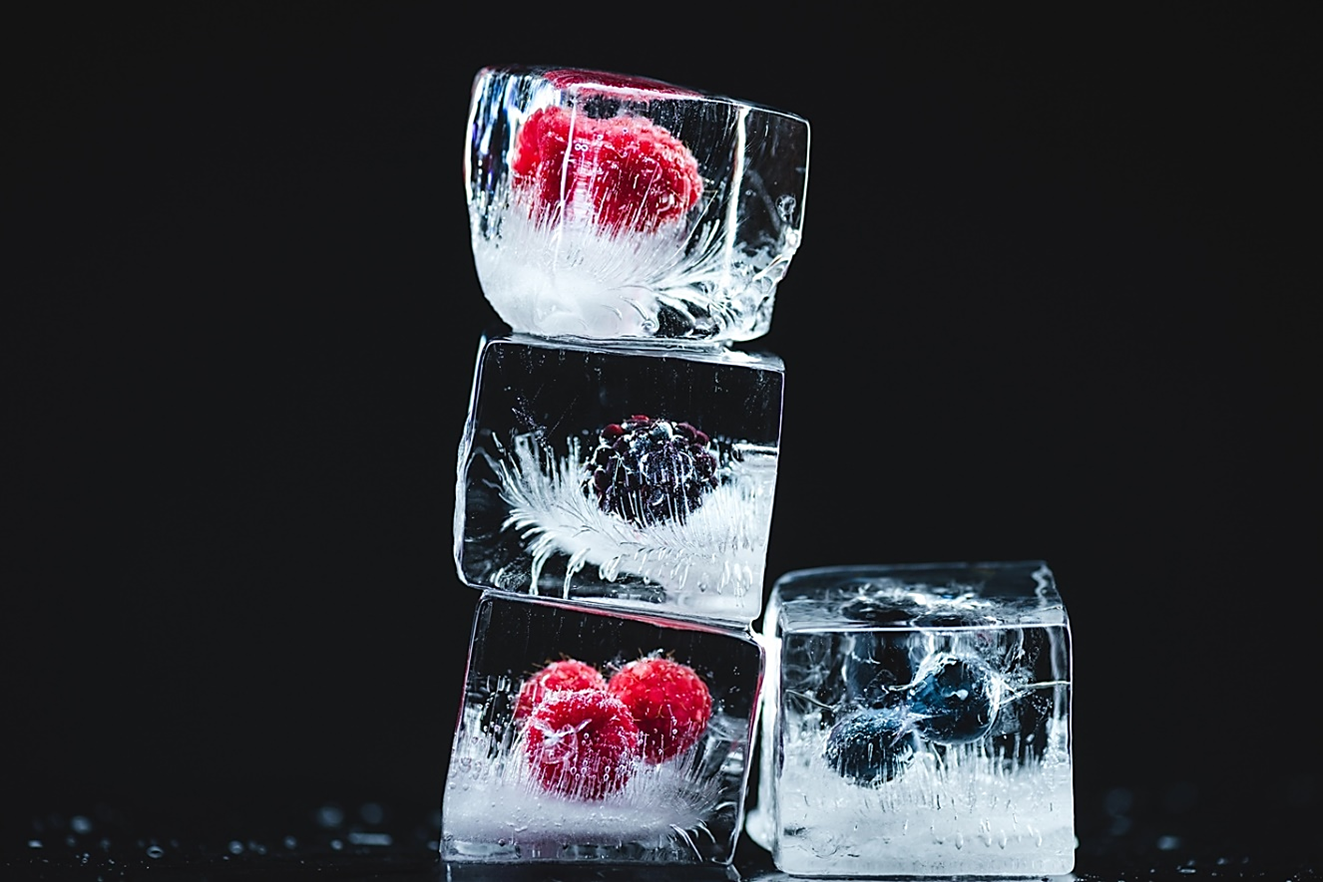
by Fern Shaw | Jul 29, 2024 | water cooler, Water Coolers
As a blogista, one would imagine that I love the internet or the worldwide web. You’d be right. It’s packed to capacity with the most incredible information and makes research interesting, amusing, at times alarming and can turn one into a sniffer dog that any contraband sniffing beagle would envy – (all those leads!)
Some time ago, I read one of what I call, Snopes-worthy-at-a-glance chain *shudder* mails. Recently, while researching, I came across another take on the ice-cold water debate, one I hadn’t heard of before.
The First Drinking Ice Water Theory I read is that if you are all hot and bothered and need to cool down, instead of chug-a-lugging litres of brain freezingly cold water, you should rather drink room temperature water (which is disingenuous, because what if your ‘room’ at the time is an Arctic wasteland? Hmf!). The reason for this is that your body works hard to regulate your ‘core’ temperature. Picture the scene:
You’ve just vaulted up two flights of stairs wearing your spencer and Ugg boots. You get to the landing, leopard crawl down the corridor, reach your water dispenser station, roll onto your back underneath the water cooler, open the tap, a steady stream of water from source pouring refreshingly down your gullet. Now your body is hot. The water is cold. So, whereas you are hydrating your body, which is what your body is asking for, your body now must work double time to ‘heat up’ the water to your core temperature, which is baaad.
Or so the chain mail said. I am, (of course), paraphrasing (a lot).
I think, for this next one, I don’t have to draw a scenario for you.
The Second Drinking Ice Water Theory is just plain funny – ha ha and peculiar. According to this zinger and I’m quoting, “Drinking Ice Water after a meal … will solidify the oily stuff that you have just consumed. Once this ‘sludge’ reacts with the acid, it will break down and be absorbed by the intestine faster than the solid food.”
Anyhow, so of the two, which is absolute Hogwarts (sorry!) hogwash and which, if any, of the two, have an element of truth in them?
I believe the answer to both is a ‘what’s good for you coupled with common sense’ thought process.
Personally I tend to believe the first theory – if our bodies are ‘normally’ at about 37C° and you’ve exerted yourself which means that your body temperature us higher; then with ice water being around 0C°, it would make sense that your body has to work harder to regulate the temperature of the cold water to, rather ironically, cool you down.
So, on this, I’d suggest that if you do decide to Rocky it up the stairs, dressed like Bradley Cooper in The Silver Linings Playbook, for reasons known only to you; by all means perch next to the water cooler, just don’t guzzle. Pour yourself a cup of cool water and drink it slowly.
As for the ‘sludge’ that ice water turns ‘the oily stuff’ into theory, I truly, for once, don’t have a comeback for this marvel of silly.
Keen on having chilled, cool, ambient temperature or even piping hot water available immediately? You need look no further than the UK’s leading water cooler supplier: AquAid. You’re welcome. Drink up!
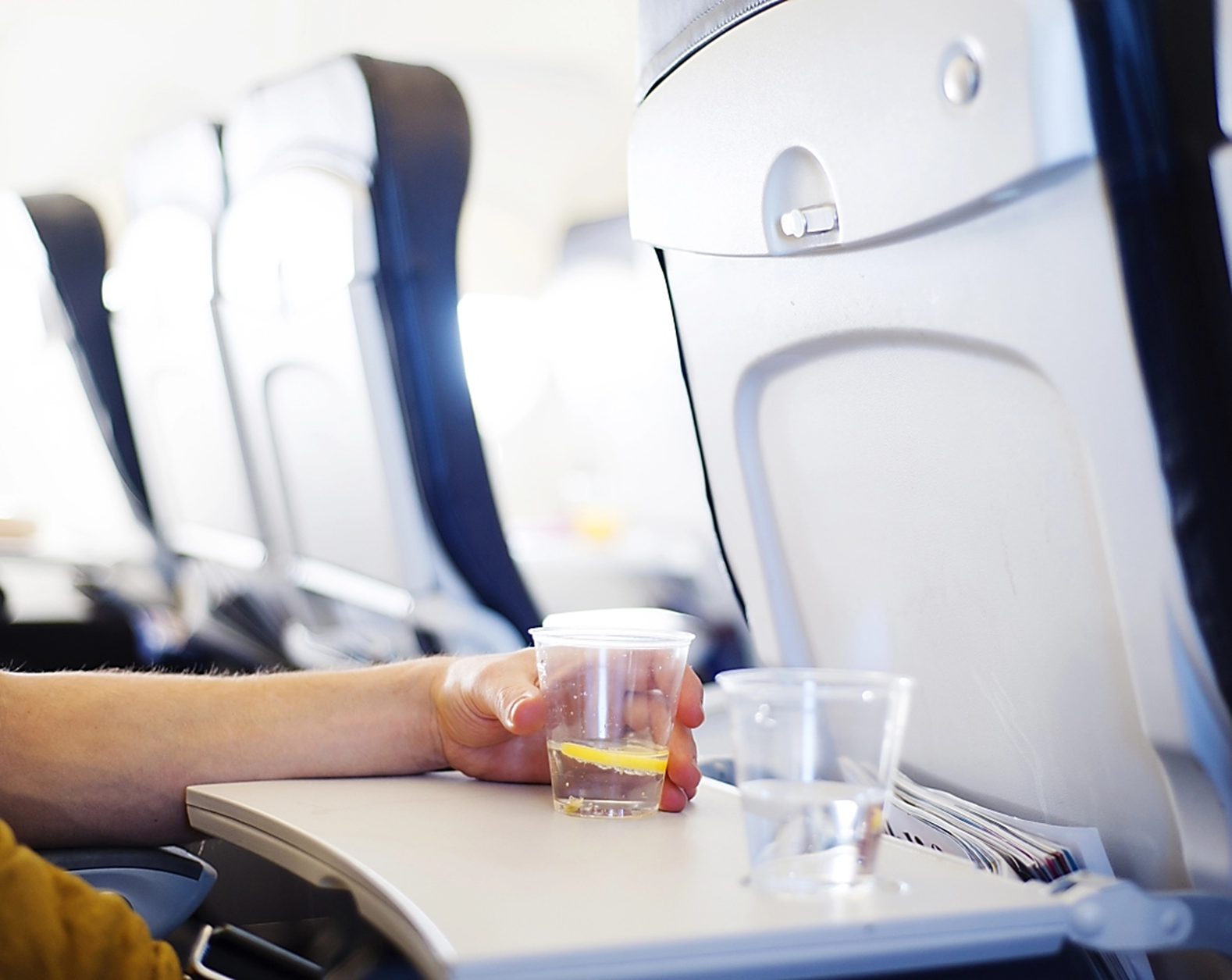
by Fern Shaw | Jul 18, 2024 | water cooler, water cooler, Water Coolers
With summer on the horizon and school holidays looming, it’s about that time where many Britons are prepping for the journey that will get them to their holiday destination.
Whether it’s to calm the nerves, get your holiday started en route or because it’s your custom to have a tipple when you fly, many of us indulge pre and during flight. Whatever the reasons, imbibing alcohol inflight isn’t a good idea, at all. Here’s why:
Flying already puts a strain on the body. With increased altitude comes decreased air pressure. This decreases the concentration of oxygen in the air and results in reduced oxygen in our lungs and bloodstream.
Aircraft cabins are typically dry environments. Alcohol is a diuretic, meaning it increases urine production, which can contribute to dehydration. This can exacerbate the effects of alcohol and lead to headaches and other discomforts.
Although a glass of wine, beer or spirits might seem like a good relaxant, alcohol has an adverse effect on sleep quality. Even at sea level, alcohol has been shown to elevate heart rates, which can interfere with REM sleep and disrupt cardiovascular relaxation.*
Some studies suggest that drinking alcohol and then sleeping on a flight might lower blood oxygen levels and increase heart rate, potentially putting extra strain on the cardiovascular system.
If that casual in-flight drink isn’t something you’re quick to forgo, a few tips to minimise impacts on overall health and sleep.
If you choose to drink, do so responsibly and in moderation. Take short walks around the cabin to improve circulation and prevent blood clots. Most importantly, drink plenty of water throughout the flight to counteract the dehydrating effects of alcohol and the dry cabin air.
*source: Article by Leah Worthington on National Geographic
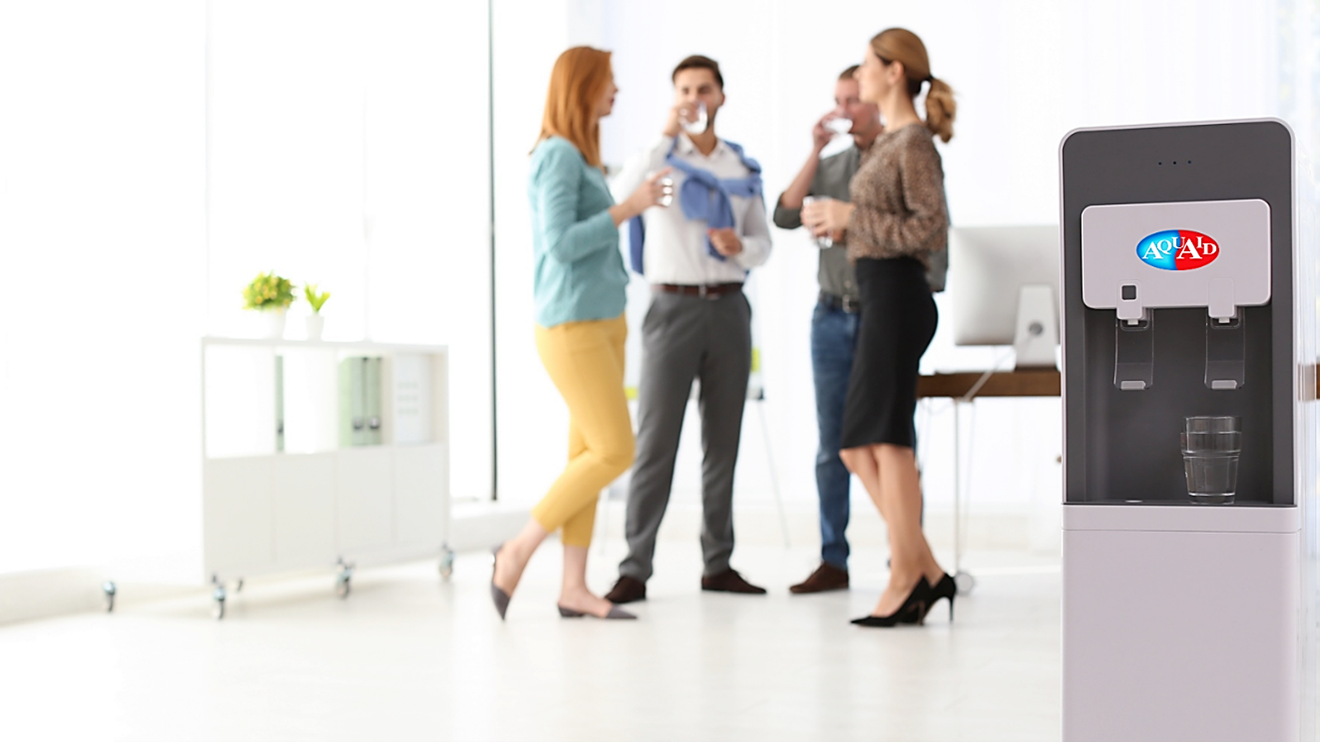
by Fern Shaw | Jul 10, 2024 | water cooler, water cooler, Water Coolers
In Part 1 we established that chats at the water cooler do indeed still happen and in Part II we looked at the unexpected benefits that arise from such chats.
In Part III of this series, we address what makes for engaging conversation? Here are five useful tips which should help you navigate water cooler conversations.
These apply to both in-person and virtual (where applicable) conversations.
Positivity is Key
Water cooler moments are a chance to unwind and connect. Focus on positive topics and avoid work gripes or negativity. This fosters a more enjoyable and upbeat work environment.
Be Curious (to a point)
Instead of just talking about your own interests, ask questions about others’ hobbies and passions. Not only might you be surprised at what you learn but this could potentially lead to forming a better connection with co-workers in other departments you may not normally engage with.
Listen Well
Show genuine interest in what your colleagues are saying. Ask follow-up questions and avoid turning the conversation back to yourself.
Become a Conversational Catalyst
If you find a lull in the chat, come prepared with conversation starters. Share an interesting fact you learned, a funny anecdote, or ask about a recent event. This keeps the conversation flowing and shows you’re engaged.
Read the Room
If someone seems busy or disinterested, don’t force a conversation, however, if you see colleagues lingering at the water cooler station, say hello. Just be mindful of keeping the conversation concise and respectful of everyone’s time.
By using these tips, you can have engaging and appropriate water cooler chats that could well help build camaraderie with your colleagues.
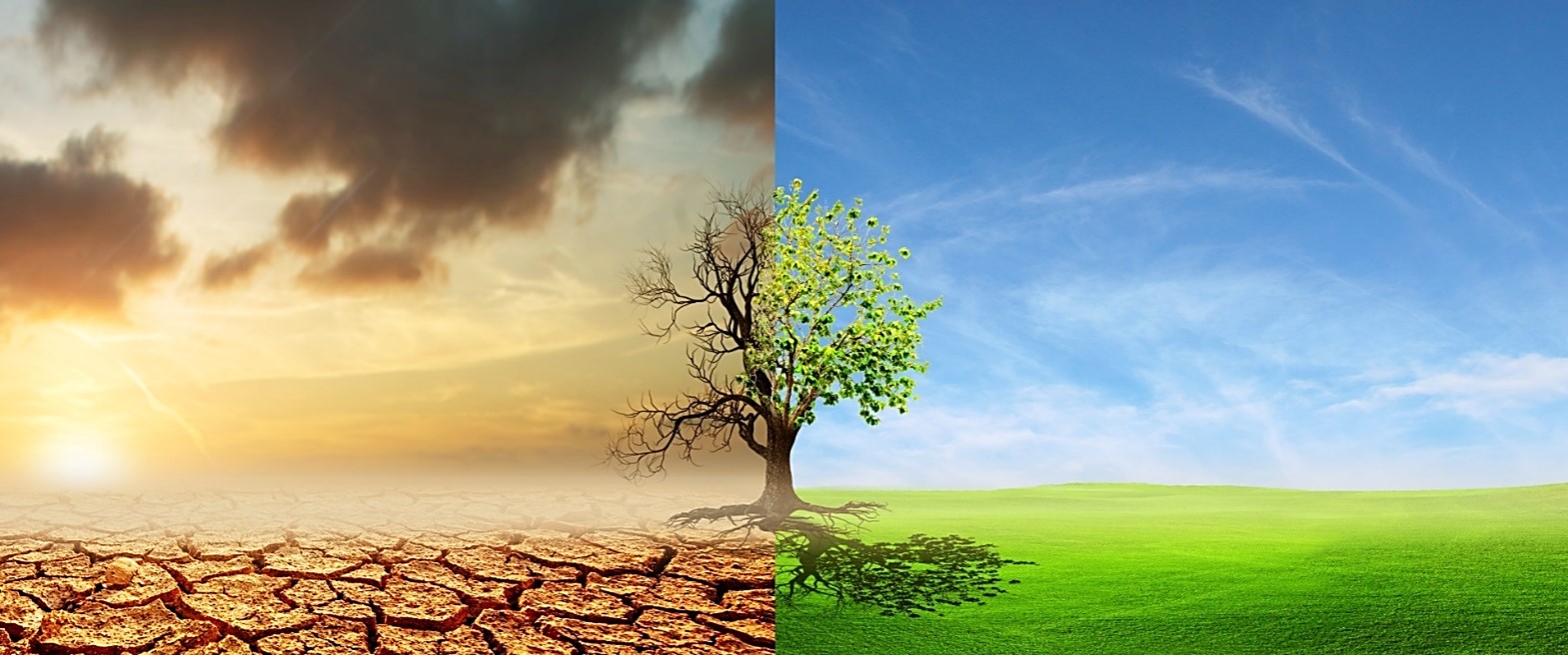
by Fern Shaw | Jun 5, 2024 | bottle fed water coolers, mains fed water cooler, water cooler, Water Coolers
#GenerationRestoration is the theme for this year’s World Environment Day. The focus is on land restoration, desertification and drought resilience.
According to the United Nations ‘desertification is one of the biggest environmental threats of our time. It refers to land drying up due to reduced rainfall, the expansion of agriculture, including deforestation and poor irrigation practices. Climate change is exacerbating desertification: right now, around 2 billion people live on drylands vulnerable to desertification, which could displace an estimated 50 million people by 2030. If people cannot grow food, they will need to move to an area where they can, increasing the risk of desertification, and having negative effects on landscapes, wildlife and human health.’
The positive news is that there are numerous programmes in place, all of which contribute towards helping grow forests, revive water sources and bring back soils.
As a company, AquAid have long understood how vital it is to address such environmental issues and at the core of this philosophy and ethic is our ongoing commitment to support charities that strive to address the very challenging issues of drought, deforestation and poor irrigation.
We achieve this, in large part, by donating a portion of our revenues generated from each installation of our Mainsfed Water Coolers and each purchase of Bottled Water. These donated funds are used by charities such as Christian Aid and The Africa Trust who implement vital sustainable water resources and farming practices that help regenerate fertile soil, capable of growing food crops, grazing for livestock and water for potable and productive use for thousands of communities in developing countries.
If you too would like to be part of #GenerationRestoration, be kind to your planet and help contribute towards a better environment, simply by drinking water, then chat to us at AquAid.

by Fern Shaw | May 17, 2024 | instant tap, water cooler, water cooler, Water Coolers
In Part I about skipping lunch while working, we were all about bad nutrition and productivity and skipping lunch. In this session, the debate continues with mentions of the (for some) dreaded broccoli, superfoods and eating well at work.
Two journalists battled it out; one had spent time working in France, where lunch was always taken away from one’s desk. The other said that she would far rather power through her lunch break and have her sandwich at her desk as it would give her more time after work to spend with her family.
Having lunch away from your desk is the way to go, according to studies at the University of California. Taking the time out of your work environment gives your brain a breather and allows your brain to ‘power up’ and go back to work refreshed and ready for the next haul. Sitting at your desk doesn’t allow for that brain refresh. I would imagine it’s similar to taking a power nap, which does work.
Superfoods
*In the nineties, it was all about organic food. Then along came the concept of ‘superfoods’, a term used to describe foods that are supposedly really good for you. But it turned out to be more of a re-branding exercise for otherwise mundane supermarket produce, like berries for example. And if you ask a scientist, the term superfood means something completely different. It’s used in academia to refer to calorie-dense food, like chocolate (aha!).
Broccoli
Apparently, the little green forest trees (as I like to call them), have been shown to help the immune system to clean harmful bacteria from the lungs. A compound found in the vegetable is now being trialled as a treatment for people with lung disease.
Eating well
When surveyed by researchers from Nottingham University, staff at the UK’s National Health Service said they felt they had a responsibility to set an example for healthy eating at work. But the American Journal of Public Health found that for healthy eating habits at work to take any effect, workers’ families also had to get on board. What people eat at work is linked to their overall lifestyles and attitudes to nutrition.
I must say I do like the can-do attitude of the people at the NHS. Overall, I think it is important, as your working day takes up a lot of your hours awake (bar those power naps), to make sure that the powers-that-be in your work environment focus on your well-being too. Are there kitchen facilities at your workplace?
Is there a water cooler? Instant Tap? A hot water drinks dispenser?
Some type of sip and feast designated area?
If not, perhaps it’s time to have a chat with your employer and point out the clear benefits between nutrition, good hydration and productivity.
source*: an article in Quartz.
source**: an article in the New Scientist

by Fern Shaw | May 14, 2024 | water cooler, Water Coolers, water dispenser
There’s no avoiding it. Work an eight-hour (or longer) day and you’ll have to stop to eat at some point. Be it a questionable sandwich or a lavish lunch, workers need grub. But what should you eat to achieve maximum results? And is skipping lunch to reply to those e-mails really such a bad thing? In this two-part series, we have a look at both sides.*
Eating in the office canteen is good for you. In Finland, at least.
The Finnish have done a lot of research into workplace eating habits. One study by the Finnish National Institute for Health and Welfare found that workers who ate in office cafeterias, compared to those who brought in packed lunches, were eating more fruit and vegetables. This has a lot to with the fact that in Finland, food provided in canteens must meet national nutritional guidelines.
To be sure, the wisdom of eating in a canteen does depend on the quality of what’s on the menu. Staff interviewed at Barnsley Borough Council in London described the food in their cafeteria as ‘stodgy’ and more suited to those performing manual work.
Skipping lunch is bad for you.
As explained in his book about workplace eating habits, Christopher Wanjek found that workers who skip lunch are more stressed, less productive and only end up snacking in the afternoon anyway.
The endless cycle of bad nutrition and low national productivity.
Poor eating choices affect productivity. In fact, it causes this shame spiral:
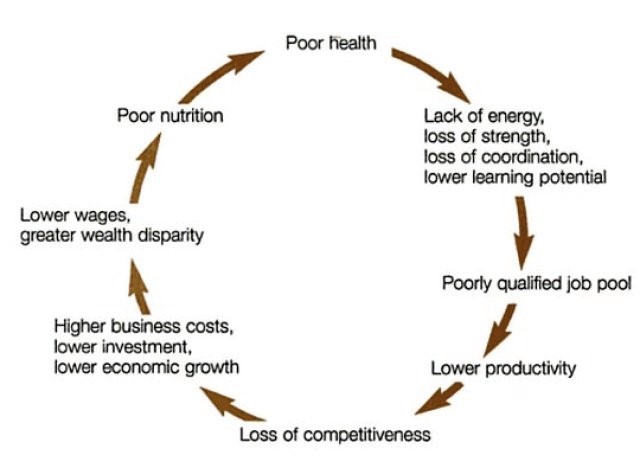
There’s a lot that has gone into this debate. In Part II, we’ll thrash this out further. For now, at least one thing is crystal – keeping yourself hydrated at work can only be good for you.
While we wait for the next instalment, remember to repeatedly recharge your water glass or water bottle using your desktop water dispenser or zeroing in on your floor-standing water cooler.
*source: from an article in Quartz.







